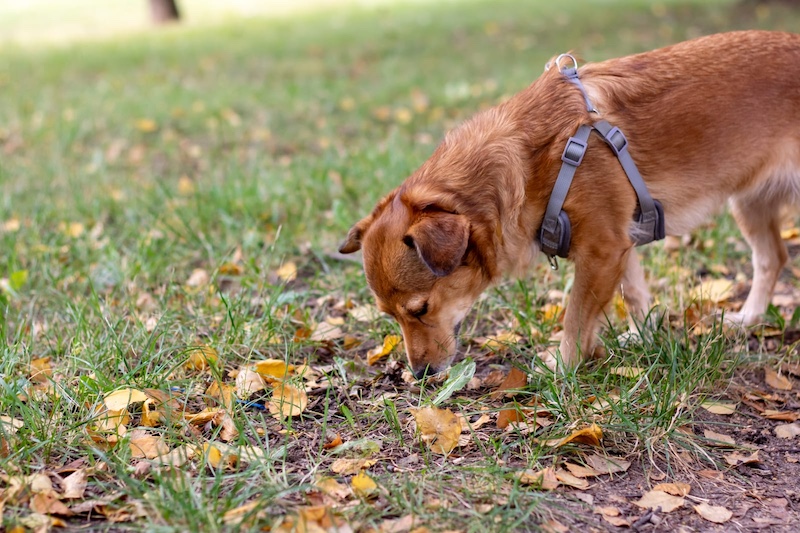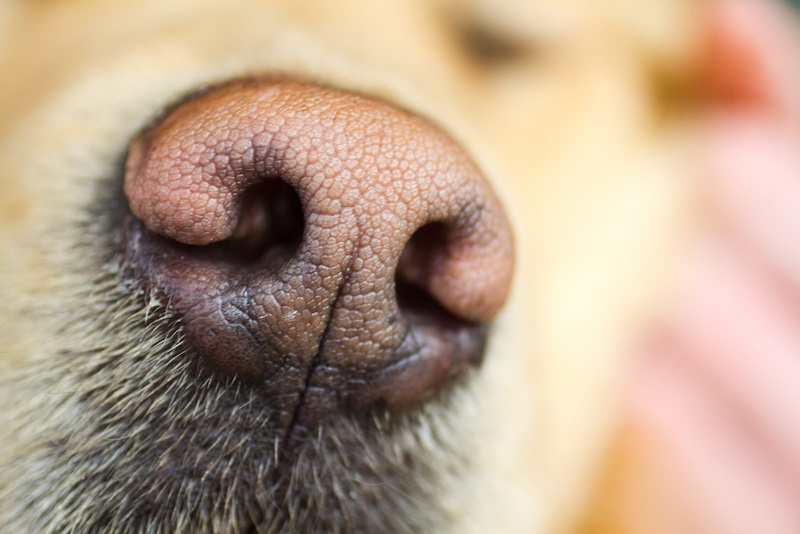Dogs possess an incredible sense of smell that not only amazes us but also serves a multitude of practical purposes. This extraordinary ability is a fascinating aspect of their biology, making them exceptional companions and workers. Here are ten fun facts about a dog’s sense of smell that showcase just how extraordinary our furry friends are.
1. Dogs Have Up to 300 Million Olfactory Receptors

One of the most astonishing features of a dog’s sense of smell is the sheer number of olfactory receptors they possess. While humans have around 5 million of these receptors, dogs have up to 300 million. This vast number allows them to detect even the faintest of scents.
2. A Dog’s Sense of Smell Is 10,000 to 100,000 Times More Sensitive Than a Human’s

The sensitivity of a dog’s nose is beyond human comprehension. Depending on the breed, a dog’s sense of smell can be 10,000 to 100,000 times more sensitive than that of humans. This means that if a scent were like a teaspoon of sugar in an Olympic-sized swimming pool, a dog could still detect it.
3. Dogs Can Breathe and Smell at the Same Time

Unlike humans, dogs can breathe and smell simultaneously. This is due to a unique structure in their noses that separates air used for breathing from air used for smelling. This allows them to continue sniffing and analyzing scents without interrupting their regular breathing pattern.
4. Dogs Have a Special Organ for Detecting Pheromones

Dogs have an additional olfactory structure called the Jacobson’s organ or vomeronasal organ. This organ is specialized for detecting pheromones, which are chemicals that convey social and sexual signals. This ability helps dogs understand the emotional and physiological states of other animals.
5. Each Nostril Operates Independently

Dogs can sniff in stereo because each of their nostrils can pick up different scents independently. This directional smelling helps them determine the exact location of a scent, making them excellent trackers.
6. The Part of a Dog’s Brain Devoted to Smell Is 40 Times Larger Than a Human’s

The olfactory bulb in a dog’s brain is proportionally 40 times larger than that of a human. This large area is dedicated to processing and interpreting scents, making a dog’s brain highly specialized for this task.
7. Dogs Can Detect Human Emotions Through Smell

Dogs are capable of detecting changes in human emotions by picking up on subtle changes in our body chemistry. For example, they can smell the increase in adrenaline when a person is frightened or stressed. This ability is one reason why dogs are so attuned to their owners’ moods.
8. Dogs Can Smell Diseases

Dogs are being trained to detect various diseases, including cancer, diabetes, and even COVID-19, by smelling changes in a person’s body odor. Their ability to detect these diseases often surpasses that of current medical testing methods, making them invaluable in medical diagnostics.
9. A Dog’s Nose Print Is Unique

Just like human fingerprints, a dog’s nose print is unique to each individual. The patterns of ridges and bumps on a dog’s nose are so distinct that they can be used for identification, much like a human’s fingerprint.
10. Dogs Use Their Sense of Smell to Communicate

Dogs rely heavily on their sense of smell to communicate with other dogs and animals. They use scent-marking to leave messages about territory, social status, and reproductive availability. This form of chemical communication is a complex language that dogs understand instinctively.
This content was created with the assistance of AI and thoroughly edited by a human before publishing.

